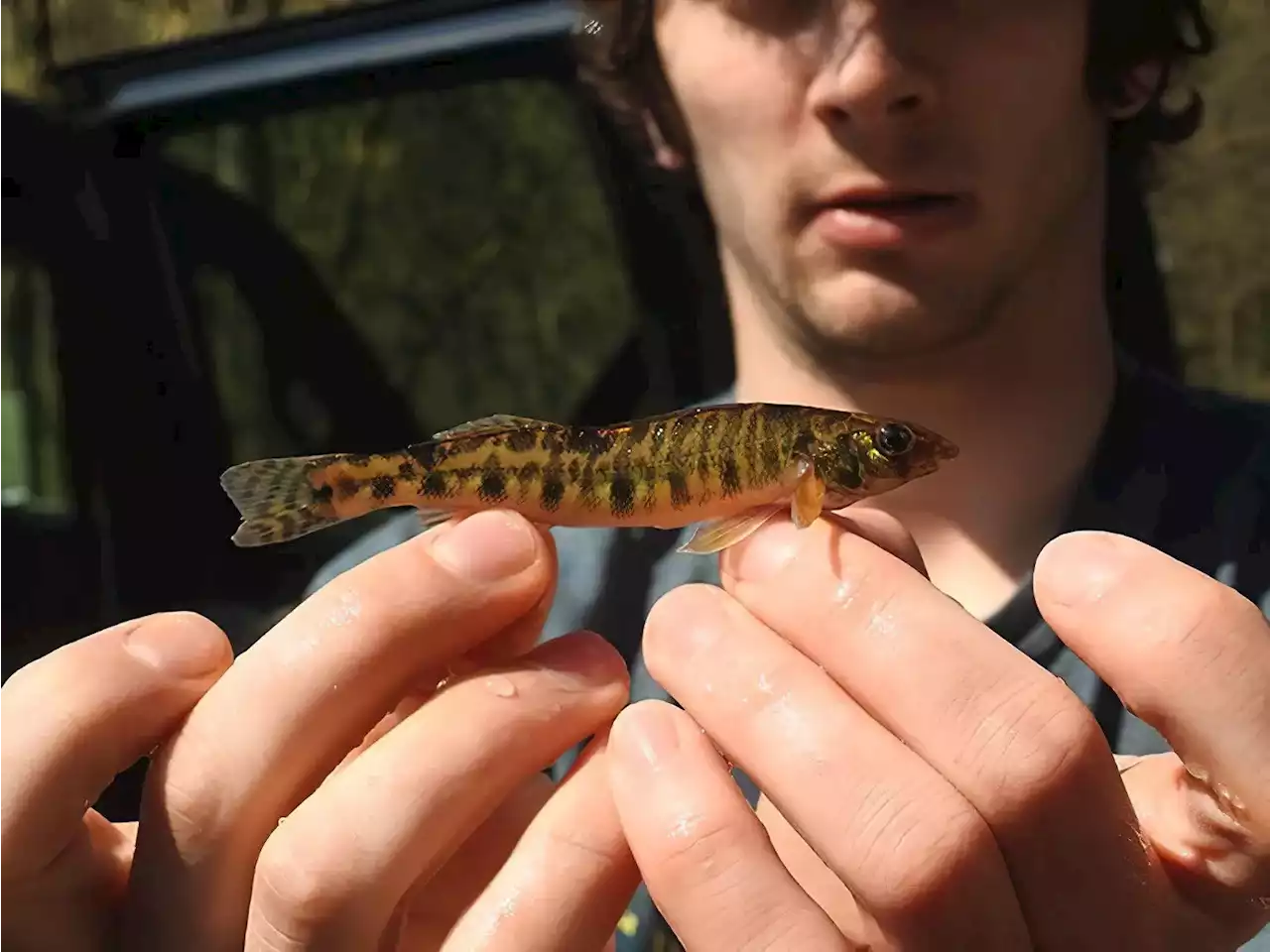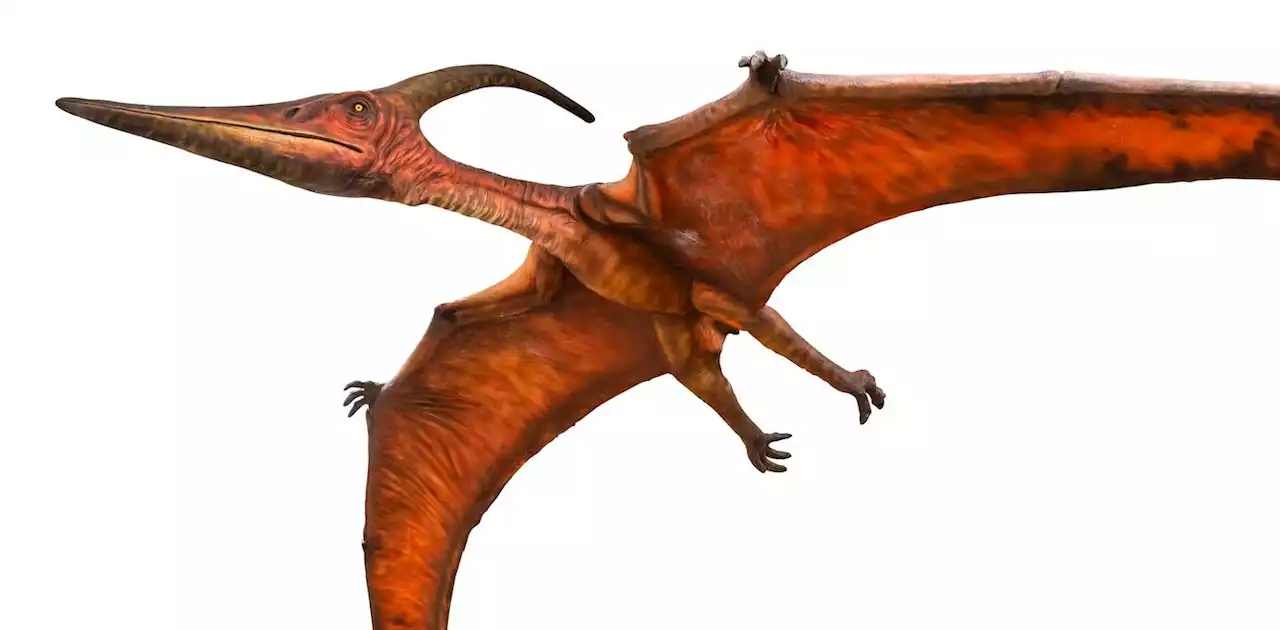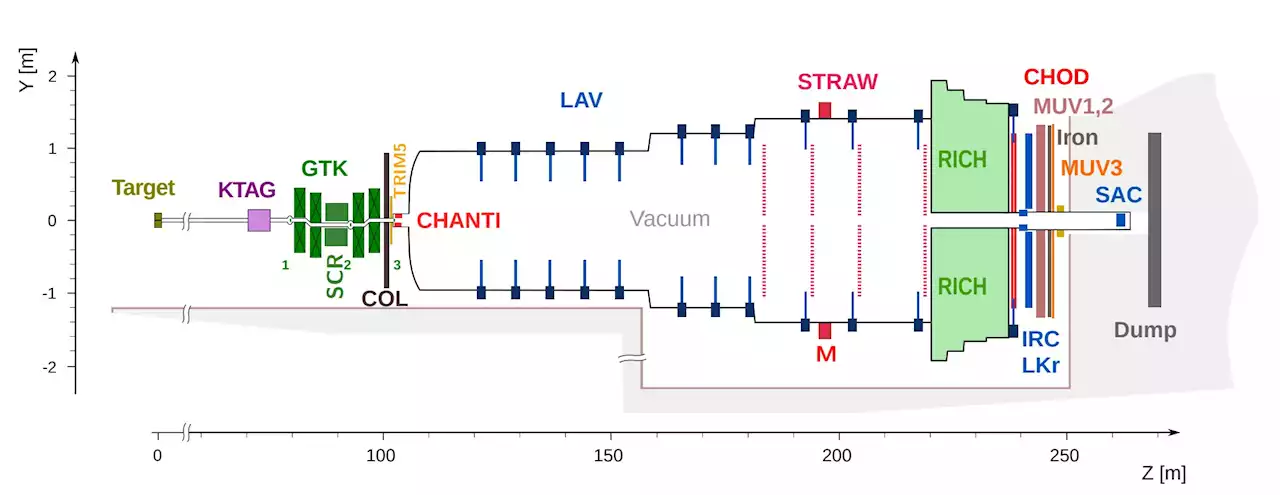Located at CERN's North Area and receiving beams from the Super Proton Synchrotron (SPS), the NA64 and NA62 experiments search for dark matter, complementing searches at the LHC, as they cover a different energy range. Both experiments have recently published new results. The research is published on the arXiv preprint server.
Schematic side view of the NA62 beamline and detector used in 2018. Credit:Located at CERN's North Area and receiving beams from the Super Proton Synchrotron , the NA64 and NA62 experiments search for dark matter, complementing searches at the LHC, as they cover a different energy range. Both experiments have recently published new results. The research is published on theDark matter does not seem to interact with our visible world but makes up most of our universe.
The NA62 experiment, which was designed to study the ultra-rare kaon decay into a charged pion and two neutrinos, has now searched for possible contributions fromparticles to another rare kaon decay. The researchers used a beam consisting mainly of pions and kaons, produced by firing the 400 GeV/c SPS proton beam onto a beryllium target.
The rare kaon decay into a pion and a pair of photons, subsequently decaying into two electron-positron pairs, is particularly interesting, as hypothetically, dark bosons would decay into the same final states as Standard Model photons. Although the experimentalists did not find evidence for such a rare decay, nor for a dark boson, they placed the most stringent upper limits to date by analyzing data recorded in 2017 and 2018. In addition, the experimentalists excluded the axion as a possible explanation for the 17 MeV/c2 ATOMKI anomaly and thus confirmedThe NA64 collaboration hunts for invisible light dark-matter particles that interact with Standard Model particles through a possible dark photon.
Their data set excludes leading sub-GeV dark-matter candidates with a coupling between the dark-matter particle and the dark photon for a range of dark-matter particle masses, ruling out both models. To obtain these results, the NA64 experiment used a 100 GeV/c electron beam generated from protons interacting with a fixed target.
United States Latest News, United States Headlines
Similar News:You can also read news stories similar to this one that we have collected from other news sources.
 3 gas station, convenience stores robbed at gunpoint on North, Far North SidesThe robberies happened within an hour between 8 a.m. and 9 a.m. in the Rogers Park and Edgewater neighborhoods.
3 gas station, convenience stores robbed at gunpoint on North, Far North SidesThe robberies happened within an hour between 8 a.m. and 9 a.m. in the Rogers Park and Edgewater neighborhoods.
Read more »
 Orangutans are curious but cautious in the wild, researchers saySocial connections seemed to influence their curiosity: When an orangutan was accompanied by another ape, it was more likely to approach and touch the object.
Orangutans are curious but cautious in the wild, researchers saySocial connections seemed to influence their curiosity: When an orangutan was accompanied by another ape, it was more likely to approach and touch the object.
Read more »
 Mars Frontier Outpost Could Survive With Just 22 Residents, Researchers SayA team of researchers concluded that you only need 22 colonists to survive and successfully maintain a Mars colony.
Mars Frontier Outpost Could Survive With Just 22 Residents, Researchers SayA team of researchers concluded that you only need 22 colonists to survive and successfully maintain a Mars colony.
Read more »
 Researchers Identify One-of-a-Kind Fish in Lower SusquehannaResearchers emphasize the heightened urgency to save and restore the river's population. A Penn State research team, in collaboration with the Pennsylvania Fish and Boat Commission, has embarked on a mission to save a unique darter from the lower Susquehanna River. Their findings revealed that this
Researchers Identify One-of-a-Kind Fish in Lower SusquehannaResearchers emphasize the heightened urgency to save and restore the river's population. A Penn State research team, in collaboration with the Pennsylvania Fish and Boat Commission, has embarked on a mission to save a unique darter from the lower Susquehanna River. Their findings revealed that this
Read more »
![]() Researchers need your help tracking Colorado’s disappearing streamsResearchers hope the data submitted to the Stream Tracker app by citizen scientists will help them learn about how streams are affected by climate change, wildfires and development.
Researchers need your help tracking Colorado’s disappearing streamsResearchers hope the data submitted to the Stream Tracker app by citizen scientists will help them learn about how streams are affected by climate change, wildfires and development.
Read more »
 Why researchers think that some extinct giant flying reptiles cared for their youngOur understanding of animal behavior depends on observation. Researchers can study how animals are born, grow and develop. We can gather evidence of how they interact with each other and their environment.
Why researchers think that some extinct giant flying reptiles cared for their youngOur understanding of animal behavior depends on observation. Researchers can study how animals are born, grow and develop. We can gather evidence of how they interact with each other and their environment.
Read more »
